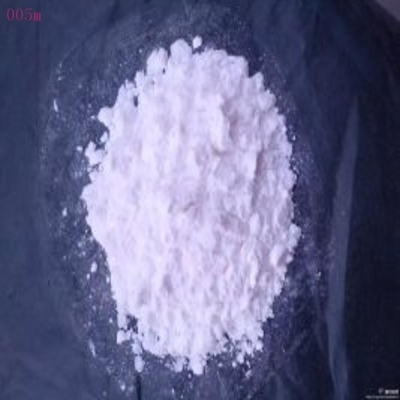-
Categories
-
Pharmaceutical Intermediates
-
Active Pharmaceutical Ingredients
-
Food Additives
- Industrial Coatings
- Agrochemicals
- Dyes and Pigments
- Surfactant
- Flavors and Fragrances
- Chemical Reagents
- Catalyst and Auxiliary
- Natural Products
- Inorganic Chemistry
-
Organic Chemistry
-
Biochemical Engineering
- Analytical Chemistry
-
Cosmetic Ingredient
- Water Treatment Chemical
-
Pharmaceutical Intermediates
Promotion
ECHEMI Mall
Wholesale
Weekly Price
Exhibition
News
-
Trade Service
When buying takeaways, people are most worried about cooking oil in their meals
.
Recently, reporters randomly bought 6 fast foods on the Guangzhou market and sent them to the Guangzhou CEC Food Safety Testing Consumer Experience Center (hereinafter referred to as "CEC") for waste oil testing.
Detection: twice-cooked meat samples are now "critical"
In the past few years, the problem of waste oil frequently occurred.
In order to understand the market situation in Guangzhou, the reporter recently cooperated with CEC to conduct a sampling inspection of waste oil on the 6 most commonly eaten take-out foods by consumers
.
The 6 takeaways are sizzling tofu, boiled fish, beef rice with sour soup, eggplant beans, twice-cooked pork, and eggplant fried pork rice
.
The price of these takeaways ranges from 10 yuan to 48 yuan
According to the experimenter, in order to ensure the accuracy of sampling, the experiment will use two methods, namely, polarity marker detection and reagent detection
.
The experimenter tests the samples
.
In the detection of polarity markers, the experimenter used a dropper to take seven or eight drops of oil samples from the takeaway, added the "ditch oil detection chemical reagent" and shaken them, put them in a container for heating, and after 10 minutes, the experimenter took the samples Compare with "colorimetric tube"
.
The results showed that sample No.
5 (twisted-cooked pork) had a color reaction, which was light pink, while the colors of other test tubes did not change significantly
The experimenter told reporters that edible oil will deteriorate after being heated at high temperature and frying, and produce polar components larger than normal edible oil
.
"The color equal to or darker than the colorimetric tube may be'waste oil', so No.
Subsequently, the experimenter conducted a second experiment
.
The results showed that the color of No.
The experimenter said that combining the results of the two waste oil testings, it can be concluded that the test results of No.
5 sample are in a "critical" state and are suspected to be detected
.
Reminder: Try to avoid red oil food when ordering
The reporter noticed that this test overturned many people's daily inferences about waste oil
.
Many people believe that waste oil is used for cheap dishes, but the suspected sample No.
A practitioner in the catering industry told reporters that in recent years, the crackdown on food safety issues has continued to increase, which has acted as a deterrent to illegal acts
.
The practitioner also said that try not to order red oil when eating out.
"The darker the oil is, the more difficult it is to distinguish it when it mixes into the waste oil
.
On the contrary, if you see the clear color of the oil, the safety factor will be higher







